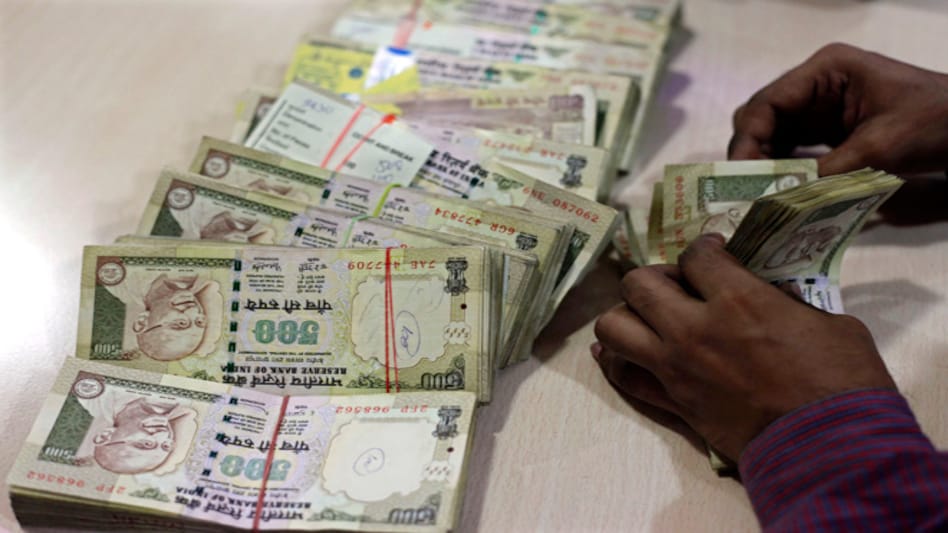 Photo for representation purposes only. (Source: Reuters)
Photo for representation purposes only. (Source: Reuters)
 Photo for representation purposes only. (Source: Reuters)
Photo for representation purposes only. (Source: Reuters)
These banks have to slow down their lending book unless they manage to raise capital from the market. United Bank of India, Central Bank of India and Bank of India are facing huge capital crunch due to low capital adequacy ratios. Mumbai-based Bank of India is not small by any parameter. It is the fourth largest amongst all banks with total assets of Rs 5.73 lakh crore. Imagine a capital-starved large bank like Bank of India staying away from lending. Similarly, Central Bank of India is the eleventh largest in the banking space with total assets of Rs 2.89 lakh crore. These three banks together with Indian Overseas Bank also have a very high NPA (non-performing asset) level and large restructured book where provisions have to be made out of profits.
For example, Indian Overseas Bank has net NPAs of 3.22 per cent with outstanding restructured book at 8.05 per cent. Central Bank is running a very high restructured book at 15.43 per cent as on March 2014. The high NPAs and restructured book will impact the profitability and the internal generation of capital. So what are the options for those left out in the capital allocation? First, these left-out banks have to raise equity by reducing the government stake to 52 per cent. Secondly, they have to raise additional tier I and tier II bonds from the market.
Many banks are already selling their non-core assets. IDBI Bank has decided to sell its stake in rating agency Care Ltd and National Stock Exchange (NSE). The proceeds from sale will go directly to IDBI Bank's profit and loss account and help in strengthening its internal capital (reserves and surpluses). They will also have to focus on assets with low risk weights like loan to high rated corporate or mortgages and avoid unsecured loans. They can also reduce dividend payment to government to preserve capital. As a last resort, they could also sell down corporate portfolio to generate capital.
Clearly, they have to pull up their socks to take some hard decisions in the immediate future, else further capital erosion will force them to halt their lending activity.